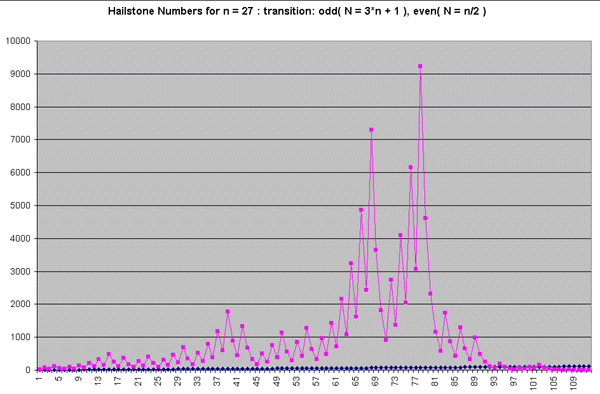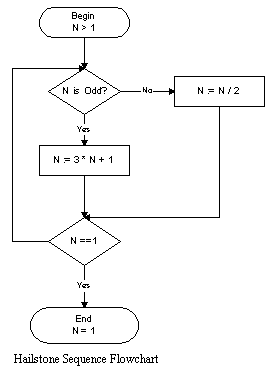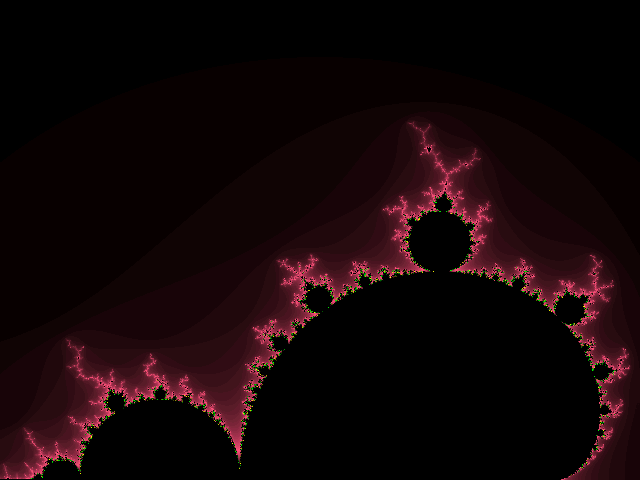
|

|

|
Introduction to Artificial Life
|
Artificial Life is the creation of living organisms and creatures by computer, as opposed to Real Life, which is made by nature.
The study of Artificial Life involves a large number of disciplines Psychology : Philosophy : Anthropology : Computer Science : Hardware Design : Software Design : Virtual Reality : Evolutionary Theory : Genetics : Biochemistry Why study Artificial Life?
Emergent Behavior: Examples
Instead of just recreating nature, we are free through A-life to explore all the multitude of possible paths life could have taken but didn't. We don't have to do it in real-time and wait millions of years like in natural evolution, we can perform experiments in compressed time on the computer.
The Ecosystem Level The best artificial model we have of this level is a population of individuals governed by a genetic algorithm . The Organism Level At this level we must model the behavior of the organism's sensory and nervous system within its environment. Experimentation at this level done at MIT by Brooks attempts to describe the creatures reactions from the bottom up, no explicit behavior is programmed into the insect-like robots they utilize, instead the use of neural-networks is used and the robot learns to walk in a couple of minutes. The Cellular Level This level is characterized by the self-replication ability of a single cell. One of the first researchers to recognize that we could simulate self-replication in an artificial system was John Von Neumann ; his cellular automata were able to simulate a universal Turing machine The Molecular Level Experimentation at this level involves using natural ribonucleic acid (RNA) in artificial ways, for example to solve mathematical sorting problems, and in acting as logic gates. The Role of Chaos and Complexity Theory.
Complexity plays a role in A-Life because Life occurs at the thin border between chaotic and static systems.
One of the simplest examples of the causes of complexity system is the Real number system, specifically Transcendental numbers
(PI, e, roots), prime numbers, and the odd Integers.
I first came across these number sequences in Scientific American in the mid 1980's, they are also called the 3n+1 numbers.
Start with an integer, for example 27, to get the next number in the sequence...
Now, you would expect to get predictable behavior, but the sequence is not intuitive,
it goes up and down in an almost random fashion.
For 27, there is a sequence of 111 numbers, with the maximum being 9232. 
To summarize, we get complex behavior from 3 pieces of information (the number, and two algorithm steps), here the whole is more than the sum of it's parts. Another more intricate example of chaotic behavior is a set that exists on the Complex number plane.
Half of the complete symmetric set.
Here are some examples using Stone Soup Group's Fractint 18.21.
|

|

|

|
michael@obrienm.com
Last Updated: Ottawa, Canada

